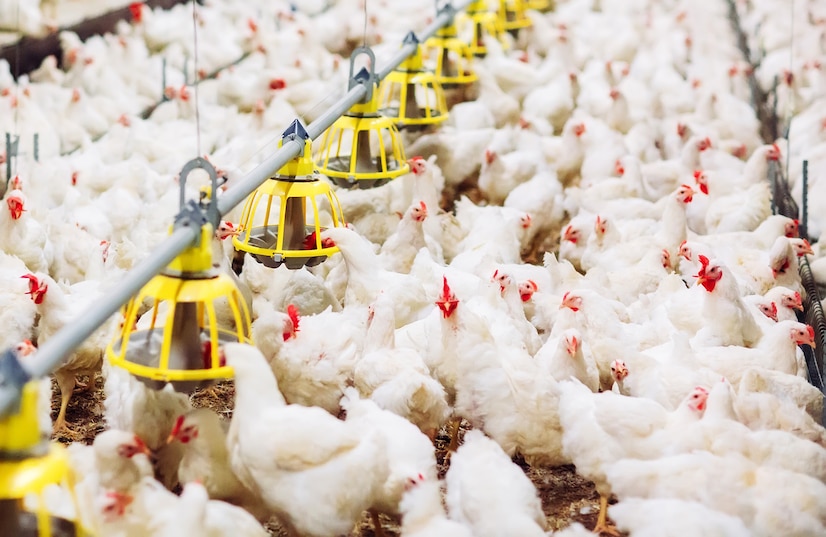The latest news on the poultry industry indicates a potential supply crunch due to the outbreak and spread of the avian flu in the country. This comes at a time when loadshedding continues to erode profit margins as producers have no alternative but to permanently embed the use of generators into their operations.
Estimates indicate that about 20% of the flock has been culled so far and this might continue if the situation continues. This has huge financial implications for producers as such losses may make it difficult for those already under financial stress to obtain further assistance. Further, the resurgent international Brent crude oil price which rose by 7.5% month-on-month (m/m) in August 2023 to US$85.12/ barrel and recently topping US$90/bbl. places upward pressure on fuel costs. Thus, cost of production will be higher and the lower bird numbers means reduced incomes and a potential financial ruin.
The industry was already behind with cost recovery and might mean about 9% claw back built into pricing going forward according to industry players. This is not good news for the consumer as they were hoping for further moderation in food inflation following a steep decline from the 2023 high of 14.4% y/y to 8.2% y/y in August 2023.
For eggs the situation is immediate and upward price pressure is expected to have an imbalance in the supply and demand in the medium term. For broilers, indications are that there is sufficient stock heading into the festive, but the situation might worsen in 2024 if the outbreak is not contained. While domestic shortfalls are met by imports, they may come in a bit pricey given the exchange rate depreciation and the recent implementation of anti-dumping duties on chicken meat from Brazil (265% plus the existing 62%) and other European countries namely, Ireland (158.4%), Poland (96.9%), Spain (85.8%), and Denmark (67.4%).
Paul Makube, Senior Agricultural Economist at FNB Agri-Business
Join 'Farmers Mag' WhatsApp Channel
Get the latest Farming news and tips delivered straight to your WhatsApp
CLICK HERE TO JOIN






